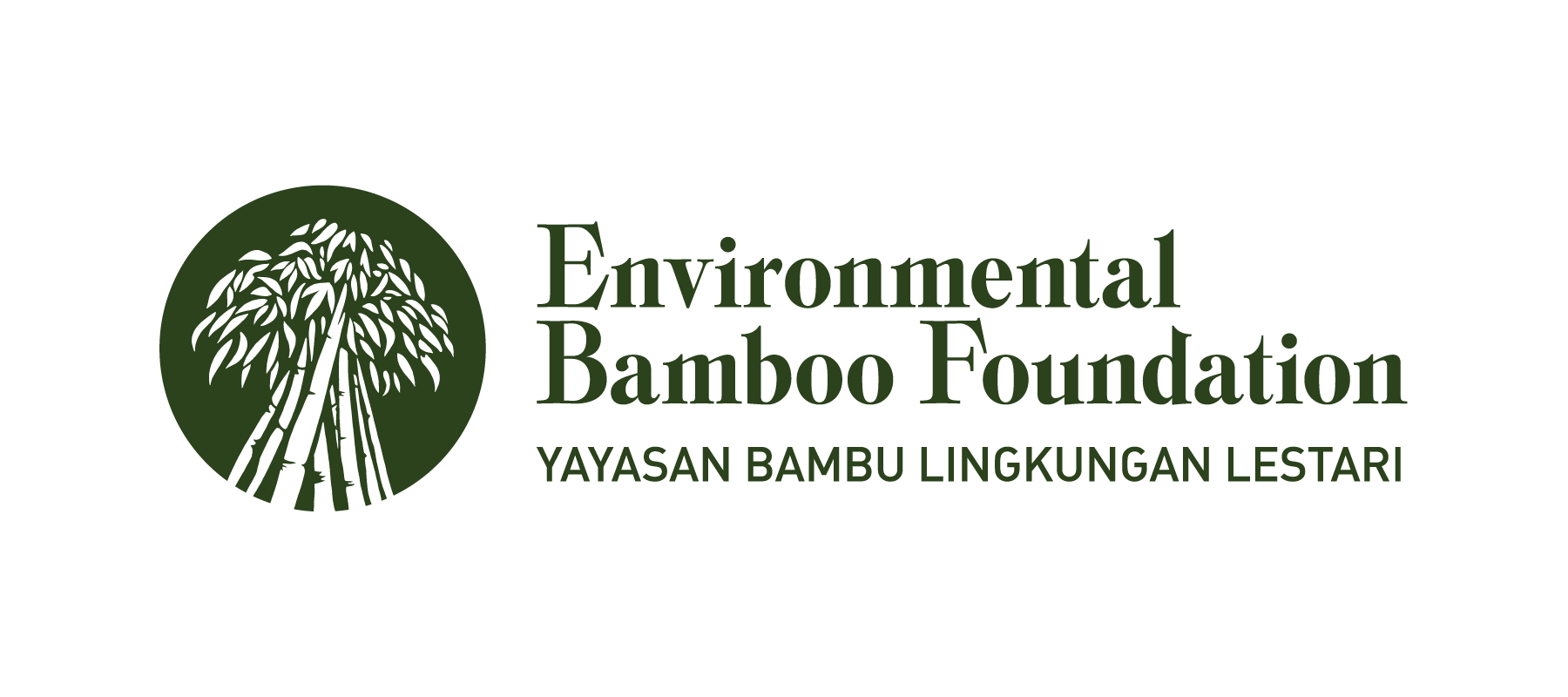t is widely recognized that farmers’ hold important knowledge of folk soil classification for agricultural land for its uses, yet little has been studied for traditional agroforestry systems. This article explores the ethnopedology of bamboo (Bambusa sp.) based agroforestry system in North East India, and establishes the relationship of soil quality index (SQI) with bamboo productivity. The study revealed four basic folk soil (mati) types: kalo (black soil), lal (red soil), pathal (stony soil) and balu (sandy soil). Of these, lal mati soil was the most predominant soil type (~ 40%) in bamboo-based agroforestry system. Soil physio-chemical parameters were studied to validate the farmers’ soil hierarchal classification and also to correlate with productivity of the bamboo stand. Farmers’ hierarchal folk soil classification was consistent with the laboratory scientific analysis. Culm production (i.e. mea- sure of productivity of bamboo) was the highest (27 culms clump−1) in kalo mati (black soil) and the lowest (19 culms clump−1) in balu mati (sandy soil). Linear correlation of individual soil quality parameter with bamboo productivity explained 16 to 49% of the variability. A multiple correlation of the best fitted linear soil quality pa- rameter (soil organic carbon or SOC, water holding capacity or WHC, total nitrogen) with productivity improved explanatory power to 53%. Development of SQI from ten relevant soil quality parameters and its correlation with bamboo productivity explained the 64% of the variation and therefore, suggest SQI as the best determinant of bamboo yield. Data presented indicate that the kalo mati (black soil) is sustainable or sustainable with high input. However, the other three folk soil types (red, stony and sandy soil) are also sustainable but for other land uses. Therefore, ethnopedological studies may move beyond routine laboratory analysis and incorporate SQI for assessing the sustainability of land uses managed by the farmers’. Additional research is required to incor- porate principal component analysis for improving the SQI and site potential assessment. It is also important to evaluate the minimum data set (MDS) required for SQI and productivity assessment in agroforestry systems.
